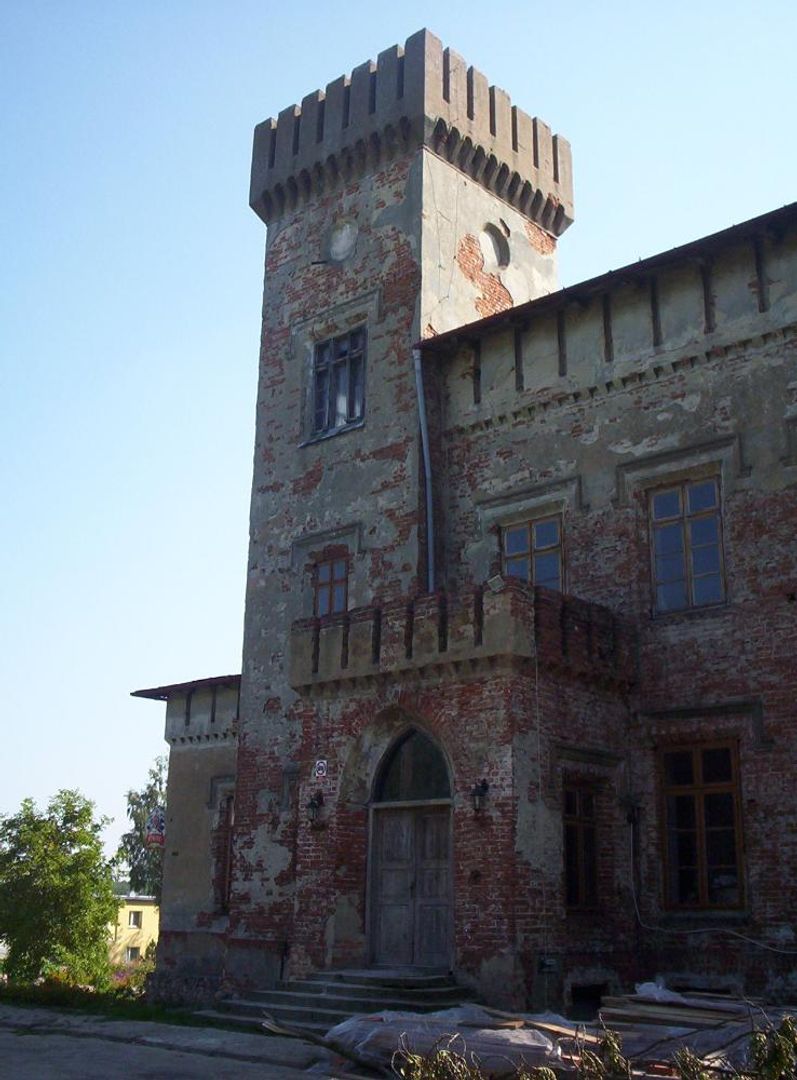White Rawska
8.2

Overview
Biała Rawska is an urban-rural municipality in the Łódź Voivodeship, with a town of the same name serving as the seat of local authorities. The municipality is located on the Łowicz-Błonie Plain, approximately 60 km from both Warsaw and Łódź. It features gently rolling terrain and covers an area of 208.41 km², predominantly agricultural land (85%). The local economy is primarily based on agriculture, including intensive fruit cultivation—especially apples, cherries, and plums—which are crucial for the local food processing industry. The municipality has limited industrial activity, including a fruit processing plant and a mill. In 2013, the population of Biała Rawska was 11,600, with 28% residing in urban areas.
The area is rich in heritage, with numerous historical sites such as the 16th-century Church of St. Adalbert, the classicist Church of St. Anthony in Babsk, 19th-century palaces and manor houses, and 19th-century post-Jewish architecture in the center of Biała Rawska. The municipality is also home to the "Babsk" nature reserve, the only area in the region with old-growth deciduous forest.
Historically, the area of Biała Rawska has been inhabited since the 12th century. The town's economic significance began to decline from the 16th century onward. After the Second Partition of Poland in 1793, the municipality was incorporated into Prussia and later became part of the Duchy of Warsaw. During World War II, it was a site of resistance and partisan activity. In 2003, Babsk was considered as a potential location for a new international airport, but the proposal was ultimately rejected.
Notable points of interest include the remnants of an old synagogue and a Jewish cemetery (kirkut) in Biała Rawska. The municipality offers opportunities for active recreation, with small forests, meadows, and recreational infrastructure such as a cinema and a swimming pool.
Location
2025 Wizytor | All Rights Reserved



